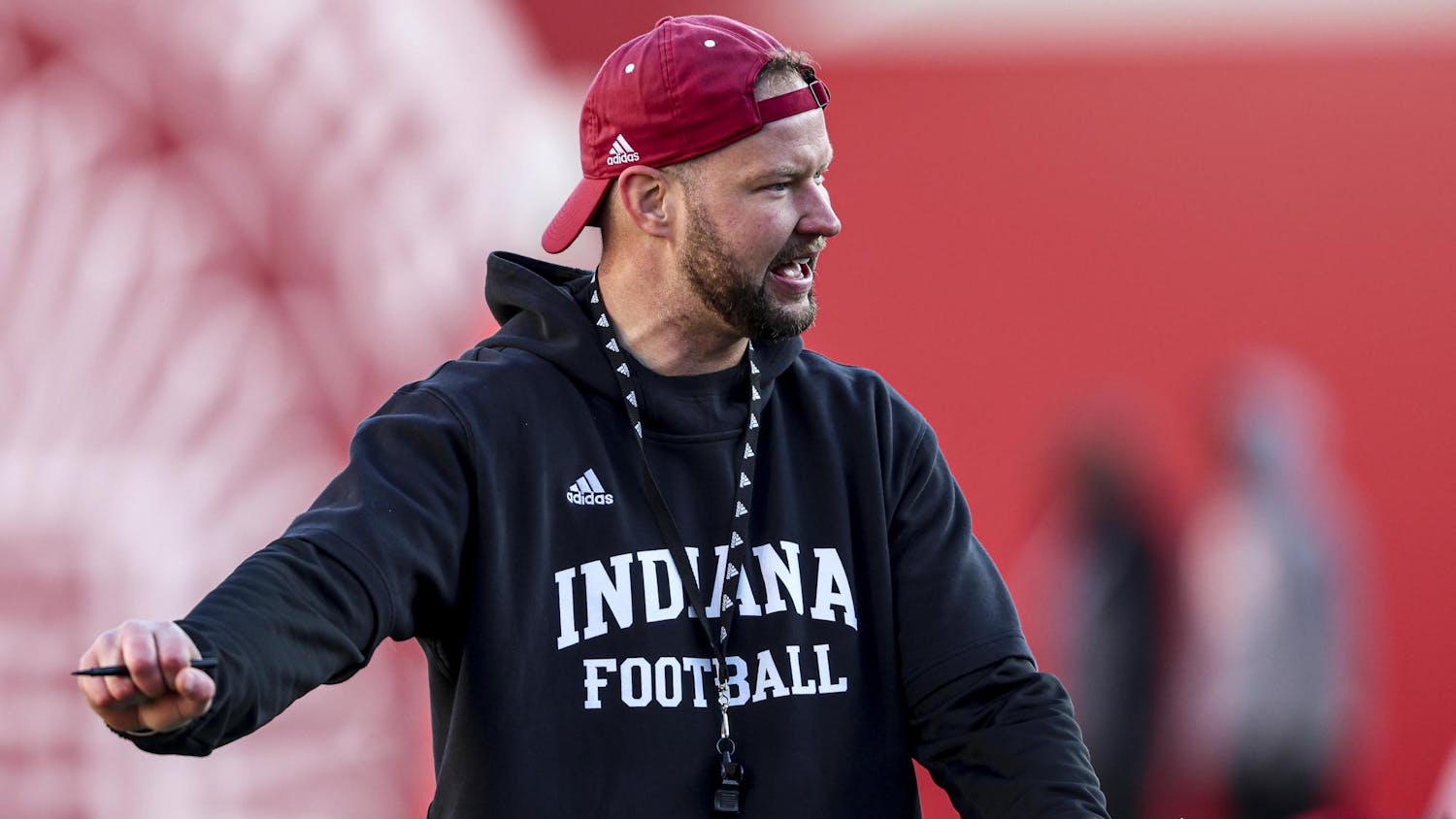Saturday, the IU campus will be filled with the nation's next generation of scientists as 120 state champion teams consisting of thousands of middle and high school students flood into Bloomington to put their science knowledge to the test in the National Science Olympiad Tournament.\nTeams are set to arrive Thursday from as far away as Alaska and as nearby as Bloomington High School South. Coaches, alternates, parents, judges, special guest speakers and volunteers bring the total numbers up to around 5,000 visitors.\nThirty-nine competitions from a range of scientific disciplines -- such as biology, chemistry, genetics, robotics and physics -- will all require quick thinking and careful design to win. Depending on the competition, students may need to know everything from the properties of bottle rockets to the properties of chemical compounds.\nThis is the second time IU has hosted the NSO Tournament, the first time was in 1995. Only two other universities have hosted the tournament twice -- Ohio State University and Michigan State University -- but the state Science Olympiad is frequently hosted here.\nOpening ceremonies are scheduled for 6 p.m. to 7:30 p.m. Friday night in Assembly Hall. Competitions are all day Saturday with an awards ceremony in the evening.\nOne change this year is the method used to score events. Ian Bobbitt, a computer science major, wrote a new web application to help make the scoring easier and more accurate. Bobbitt says he was inspired to write the program because "every year and in every competition I've seen, there are small scoring errors just because people are scoring by hand."\nAlthough many of the competitions are restricted to only student teams, many favorite competitions like "The Scrambler" will be open to spectators. \n"The Scrambler" requires teams to build a device to transport a Grade A uncooked chicken egg along a straight track for a set distance. In another popular event, "Robot Ramble," students build a robot and the winner is the one whose robot can perform assigned tasks the best or the quickest.\n"Mission Possible" is an additional favorite of many of the participants. In the event, students build a Rube Goldberg-like device demonstrating a series of energy transfers to accomplish a specific task.\nTo be successful in the Science Olympiad, Science Department Chair Beth Wood from Bloomington High School South said, "You need to build a team of students who are knowledgeable, but also flexible, who can compete in both biology and chemistry." \nBeing flexible is also important, Wood said, because even though Bloomington's team begins training in October, there have been times when abrupt schedule changes have forced the team to make last-minute switches.\nDedication is another requirement for the participants to perform well. Students on the Science Olympiad team meet once a week to study and practice. \n"At best, these students get to compete only three times during the year," Wood said. "It takes dedication to work that hard and then only perform three times."\nAnd that decision was made especially hard for South seniors Roxanne Rajii and Caitlin Sengelaub because the school's senior prom is also this Saturday.\n"We're going to leave at 3 p.m. after the competition to get changed," Rajii said. Last year, she said the national tournament was in Illinois and the team left immediately after the competitions to drive back in time to catch the prom.\nBut despite the conflict, Rajii and Sengelaub said they love being involved and being able to apply what they've learned about science at the Science Olympiad competitions. \n"It's a day of anxiety and fun, but it's also really tough," Rajii said. \n"Some events require a lot of studying," Sengelaub said, "but it's more like playing with toys, which is always fun for high school students.\nFor Rajii, who will be attending University of California-Berkeley in the fall for biology, and Sengelaub, who plans to study chemistry at Cornell University, it's also about meeting other students who share their same interests.\n"The people are amazing," Sengelaub said. "And they are all really good at science"
"Scouring for Stars" - Science Olympiad
Middle and high school students from across the US to participate
Get stories like this in your inbox
Subscribe





